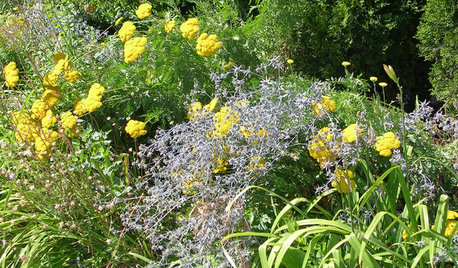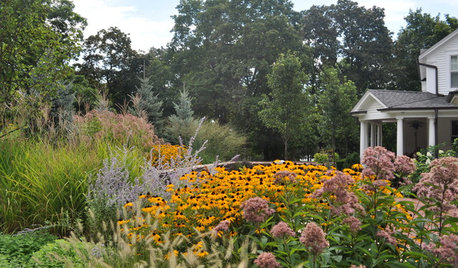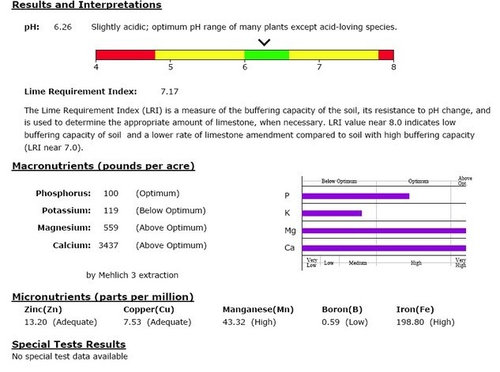Lawn fertilizer schedule
JerseyLawn
9 years ago
Related Stories

GARDENING GUIDESGet on a Composting Kick (Hello, Free Fertilizer!)
Quit shelling out for pricey substitutes that aren’t even as good. Here’s how to give your soil the best while lightening your trash load
Full Story
GARDENING GUIDESHow to Switch to an Organic Landscape Plan
Ditch the chemicals for a naturally beautiful lawn and garden, using living fertilizers and other nontoxic treatments
Full Story
LANDSCAPE DESIGN15 Great Ideas for a Lawn-Free Yard
End the turf war for good with hardscaping, native grasses and ground covers that save water and are easier to maintain
Full Story
GRASSESHow to Rock a Lawn
Weekend Project: The key to healthy grass begins with the soil. If turf works for you, here’s how to fix it and keep it looking its best
Full Story
SAVING WATERHouzz Call: Are You Letting Go of Your Lawn?
Many facing a drought are swapping turf for less thirsty plantings. If you’re one of them, we’d like to hear about it
Full Story
GARDENING GUIDESHow to Plant a New Lawn From Sod
Take the quick-start route to turf with sod; these installation guidelines will help ensure a healthy and long-lasting lawn
Full Story
GARDENING GUIDESCommon Myths That May Be Hurting Your Garden
Discover the truth about fertilizer, soil, staking and more to keep your plants healthy and happy
Full Story
GARDENING GUIDESRocky Mountain Gardener: What to Do in July
Keep the party going all summer long with smart watering methods and fertilizer. Get ready for next year and order bulbs now
Full Story0

GARDENING GUIDESPacific Northwest Gardener: What to Do in September
Put in cool-weather veggies, fertilize your lawn and tidy the garden this month before chilly weather arrives
Full Story
EARTH DAYThe Case for Losing the Traditional Lawn
Work less, help the environment and foster connections by just saying no to typical turf
Full StoryMore Discussions








yardtractor1
JerseyLawnOriginal Author
Related Professionals
Baltimore Landscape Architects & Landscape Designers · Leawood Landscape Architects & Landscape Designers · Finneytown Landscape Architects & Landscape Designers · Caldwell Landscape Contractors · Coram Landscape Contractors · Glendale Heights Landscape Contractors · Lake Saint Louis Landscape Contractors · Peachtree City Landscape Contractors · Ramsey Landscape Contractors · Seymour Landscape Contractors · Oxon Hill Landscape Contractors · Clearfield Landscape Contractors · Dickinson Swimming Pool Builders · Fallbrook Swimming Pool Builders · Grand Rapids Swimming Pool Buildersyardtractor1
JerseyLawnOriginal Author
yardtractor1